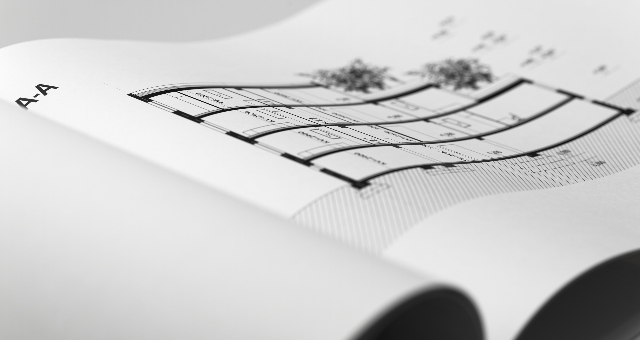
How to make your Architecture portfolio stand out
BA Architecture student, Fanny, discusses the ins and out of your architectural portfolio and reveals how to make it stand out from the crowd.
Things to consider before starting your portfolio
Your architectural portfolio is the piece of work that you submit for your university application. It is usually a presentation of your best and most recent work that you did either in your Visual Art classes at school or in your spare time. This submission should demonstrate your creativity and style to the application judges and support your personal statement. It is slightly different from a portfolio that you will submit throughout your studies because you are not looking to be employed at the moment, but instead, you are asked to express your passion and interest in Architecture.
If you have ever looked at examples of an architectural portfolio online you will most likely see work from undergraduate and postgraduate students which represent months of work on one project with extremely detailed technical drawings. Don’t panic, this is not what the judges expect from you! They want to see earlier work such as process pages of a project or how you develop your ideas with different media.
What to show in your portfolio
Requirements on the portfolio change every year and you will be informed in due course on the factual details of your submission. Be prepared to present around ten images or more of your own work. This should be your best and most current work that you produced before applying (you might want to produce some more drawings to finalise it).
My tip is to plan the pages in advance. Just grab a piece of paper and draw a table with ten columns and five rows. Add the title of your ten artworks in the columns and in the five rows add the type of media, the style, the time it took you (will take you) to complete it, the size, and the materials you need.
How to make it stand out
 It is important to show your skills using a range of media. With this, you can prove to the judges that you are confident in expressing your style through various formats. Some examples of tools you can use are pencils, paint (watercolour, oil painting etc), printmaking, digital software, sculptures and models, fabric, charcoal, collages, and markers.
It is important to show your skills using a range of media. With this, you can prove to the judges that you are confident in expressing your style through various formats. Some examples of tools you can use are pencils, paint (watercolour, oil painting etc), printmaking, digital software, sculptures and models, fabric, charcoal, collages, and markers.
In terms of content, if you ever took part in any architectural projects or had experience in an architectural firm, it would be great to show areas where you were involved, however, it should be your work only! Be mindful about adding too much rendering or 3D finalized drawings, the judges like to see the process of any work and also if you can work with a pencil.
One last aspect to consider for your portfolio is to make sure you don’t centre it entirely around architecture. I know that seems crazy considering you’re applying for an architecture course but it’s great to vary content of your work and include portraits, landscape drawings, clothing, interior architecture, furniture design, urban sketching, or any kind of abstract work for that matter. This is very important considering that you are not expected to know everything about architecture, the judges want to know how you perceive the world around you.
The importance of presentation
It’s vital that you use a consistent layout throughout. This includes small details such as adding the titles of your work on the same side of each page (for instance at the top, on the right-hand corner). and including information such as the size and the media used.






0 Comments